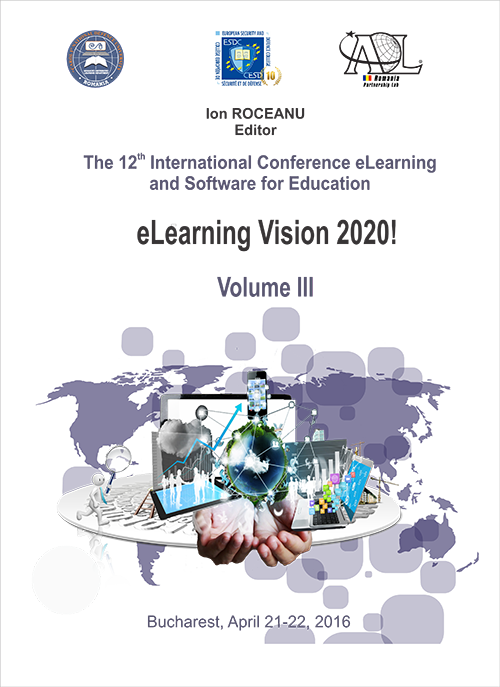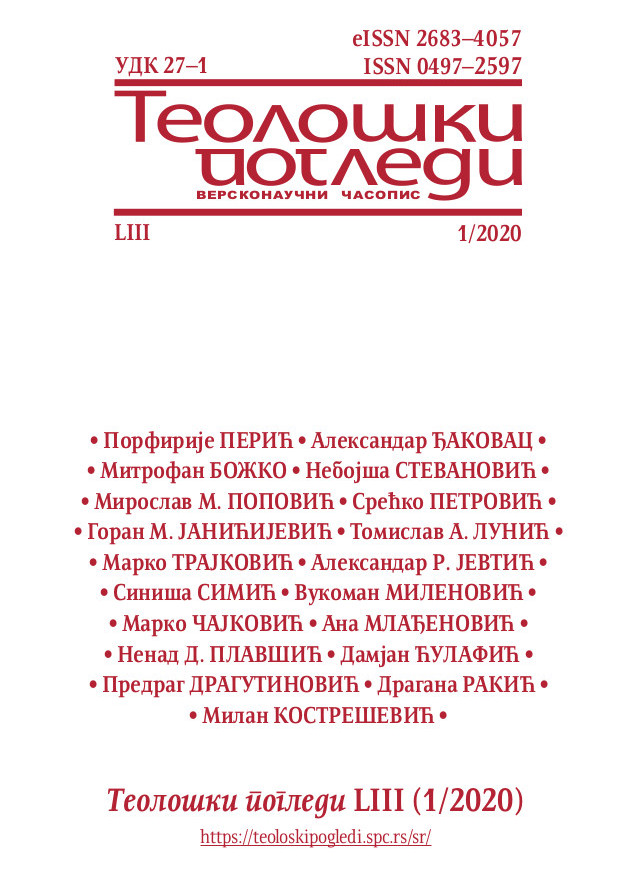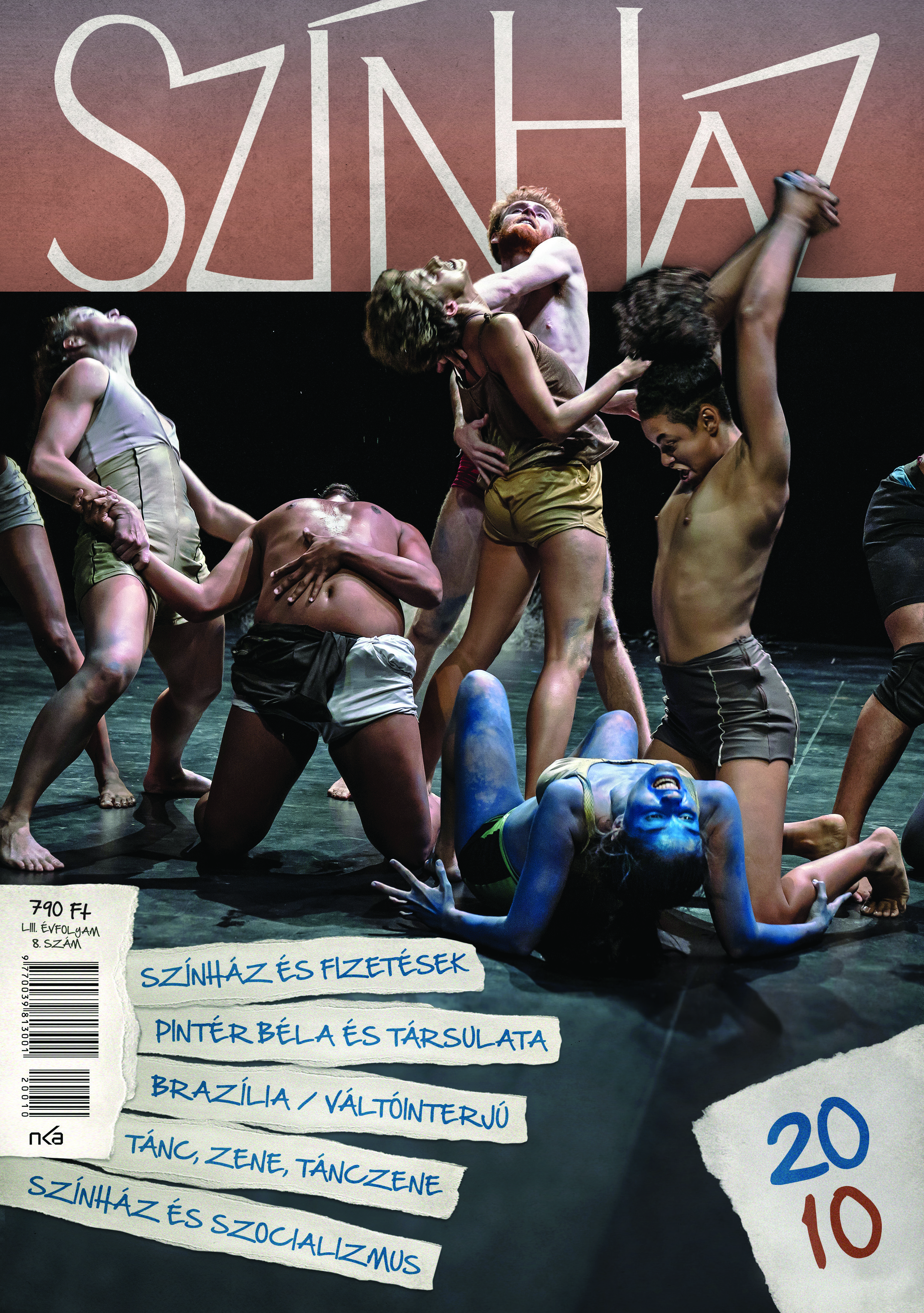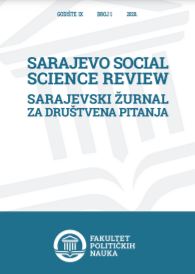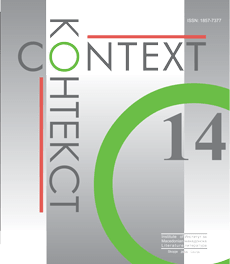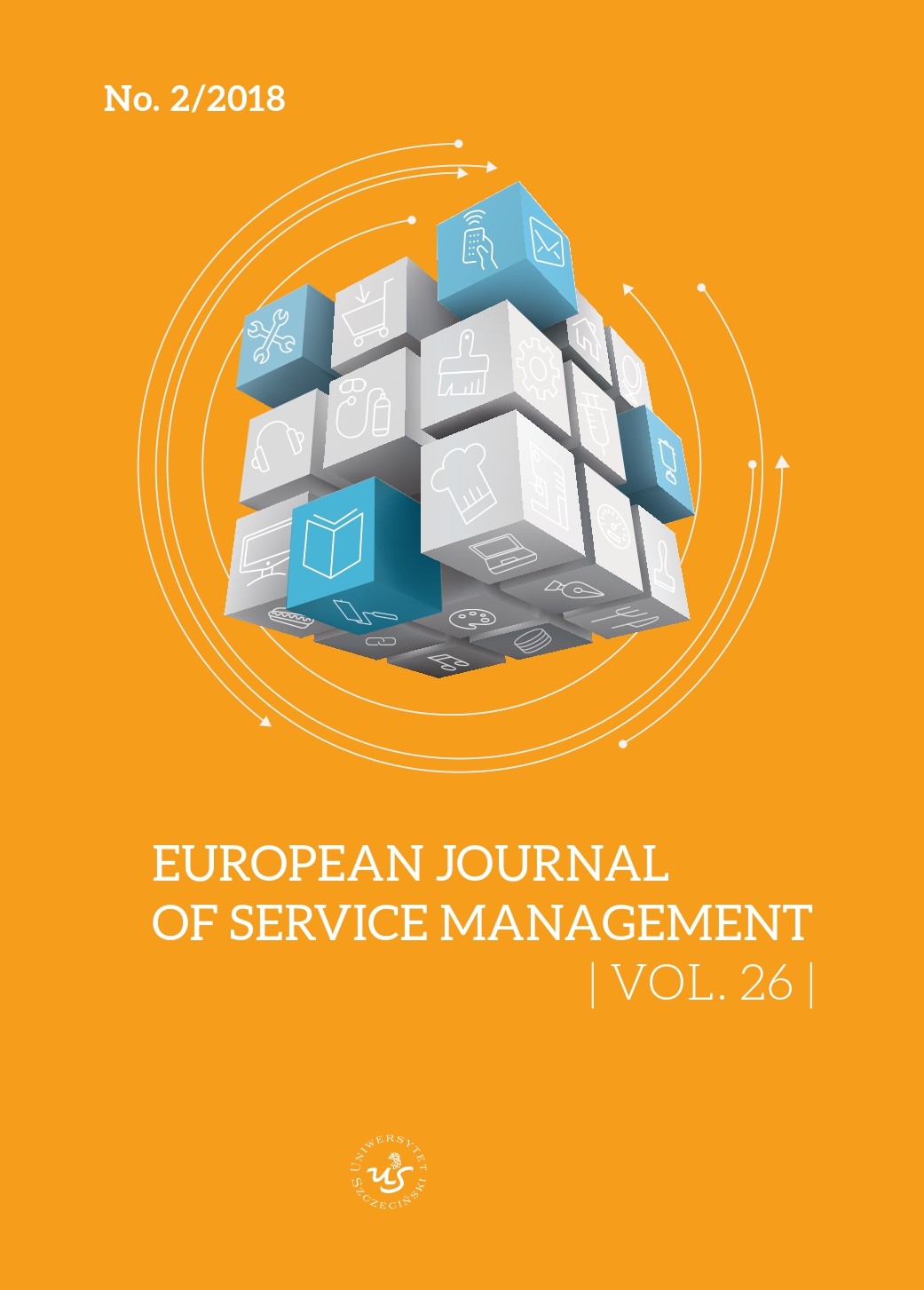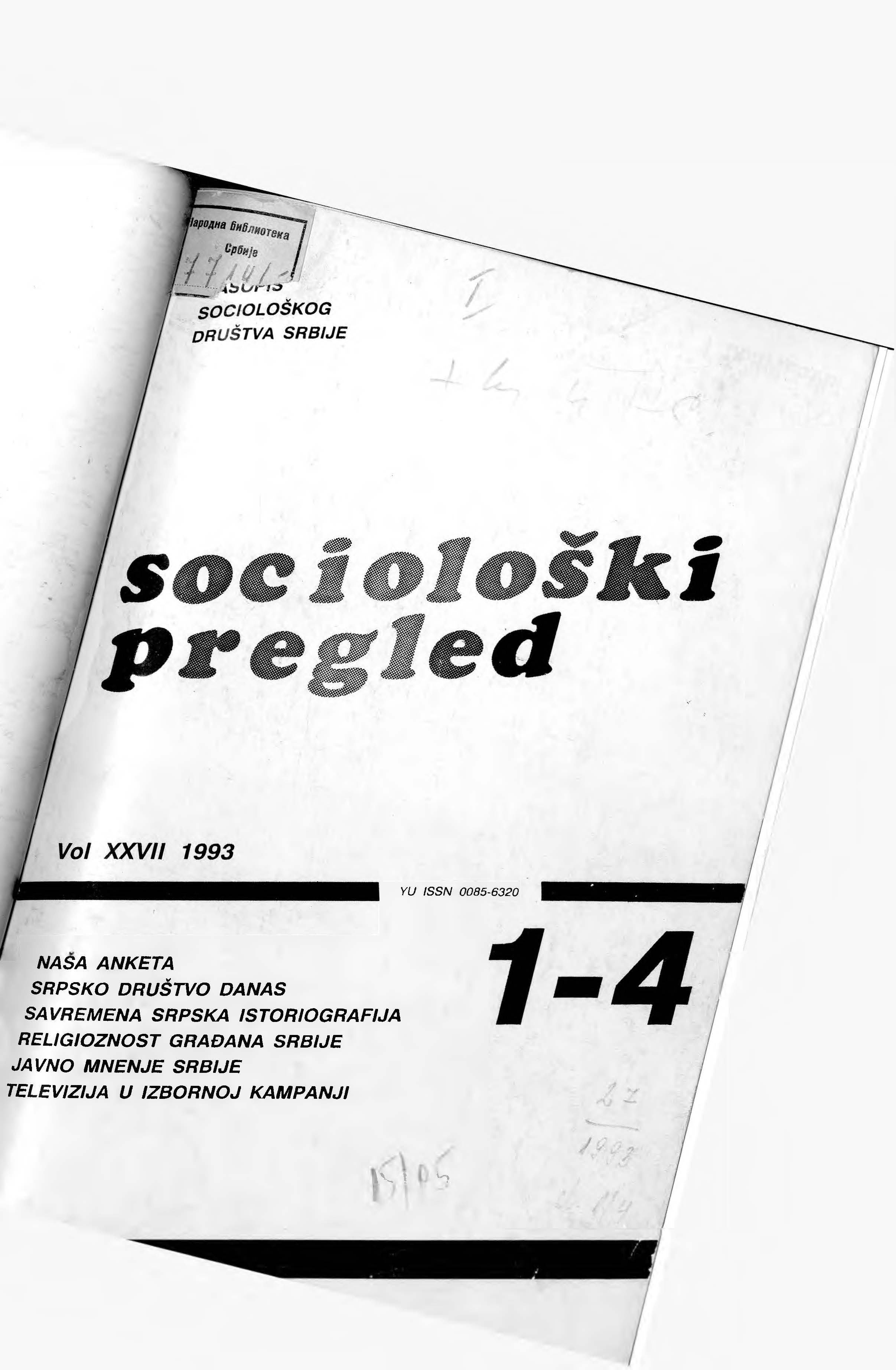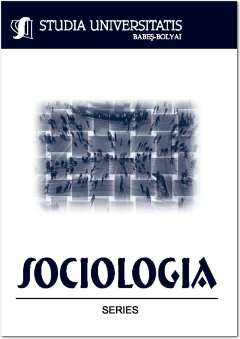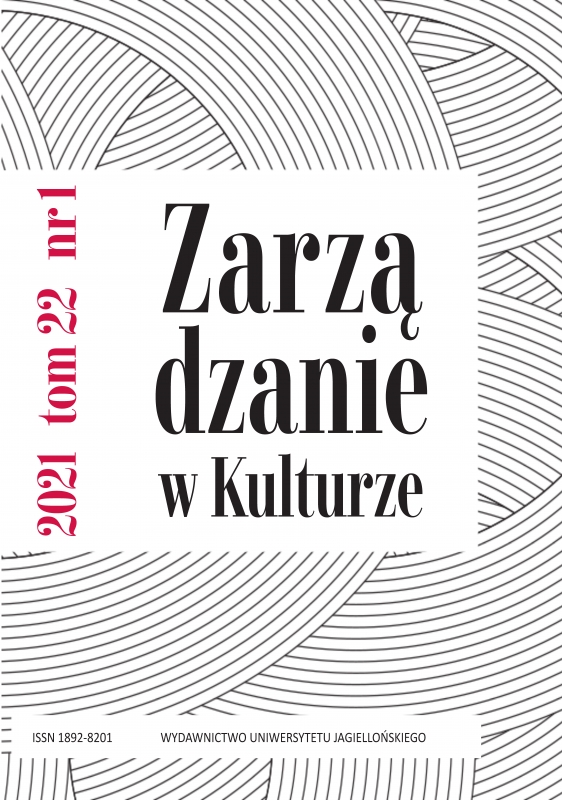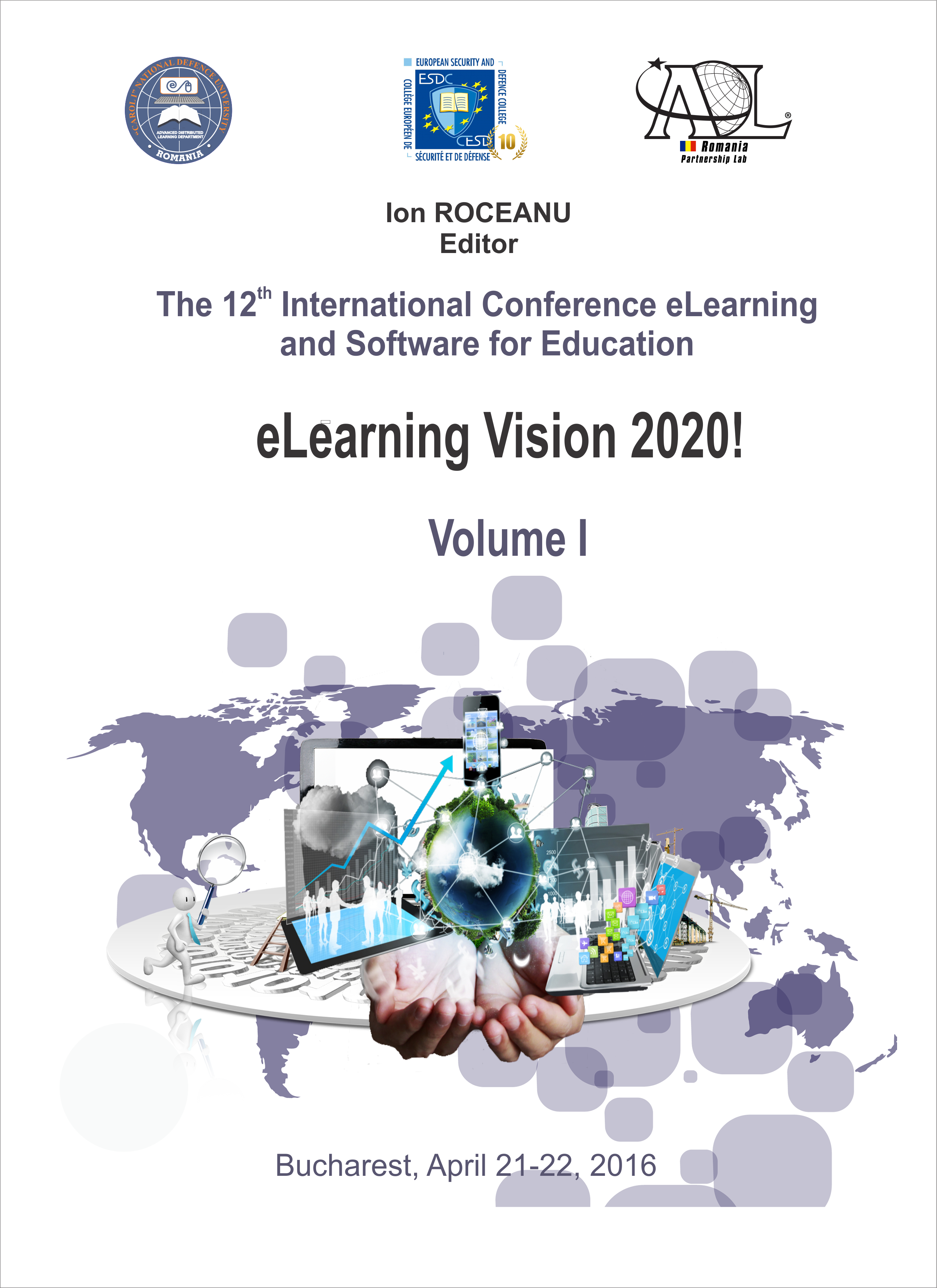
DEVELOPMENT OF COMMUNICATION COMPETENCIES REQUIRED IN BUSINESS THROUGH BLENDED LEARNING
The article aims to highlight the importance and necessity of developing competencies, especially communication competencies in business and knowledge society. We started our research from the key competencies of communication in the mother tongue, communication in foreign languages, social and civic competences, cultural awareness and expression. These are recognized as part of lifelong learning and are seen as a combination of knowledge, skills and attitudes. These competencies described above, need to be cultivated in order to adapt to the changing of the labour market. In education and especially in higher education system, communication competencies are developed through blended learning, so that the young students will attain a level that equips them for adult and working life. This type of education also provides a basis for future learning. The practical part of the paper highlight and present, how key and transversal competencies are developed through blended learning, during an online course of Intercultural Communication in Business, on the online Moodle Platform.
More...
